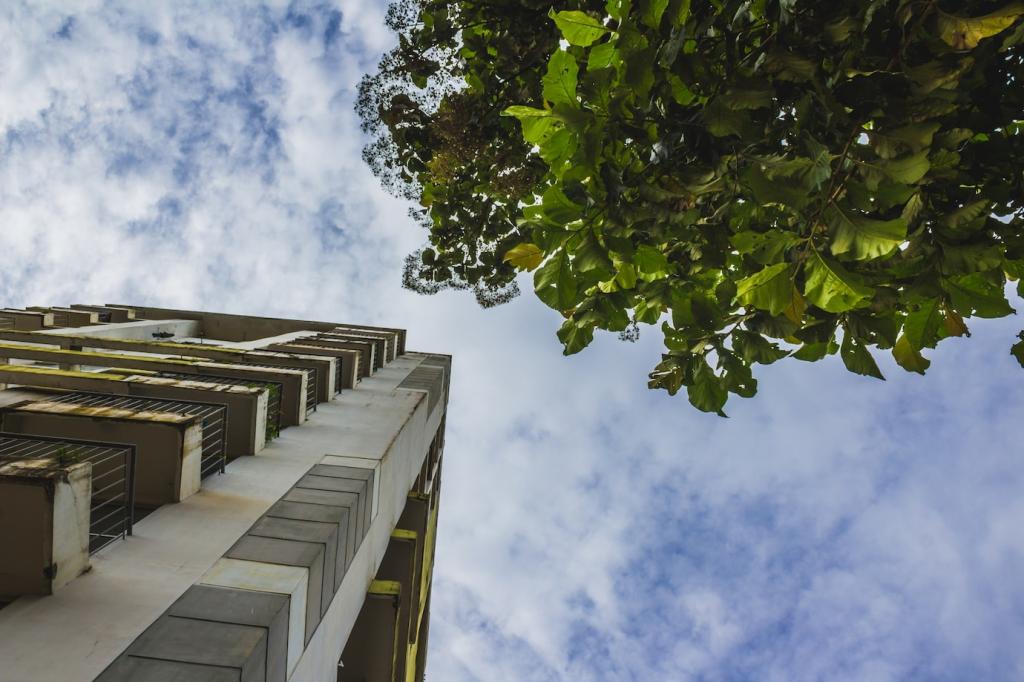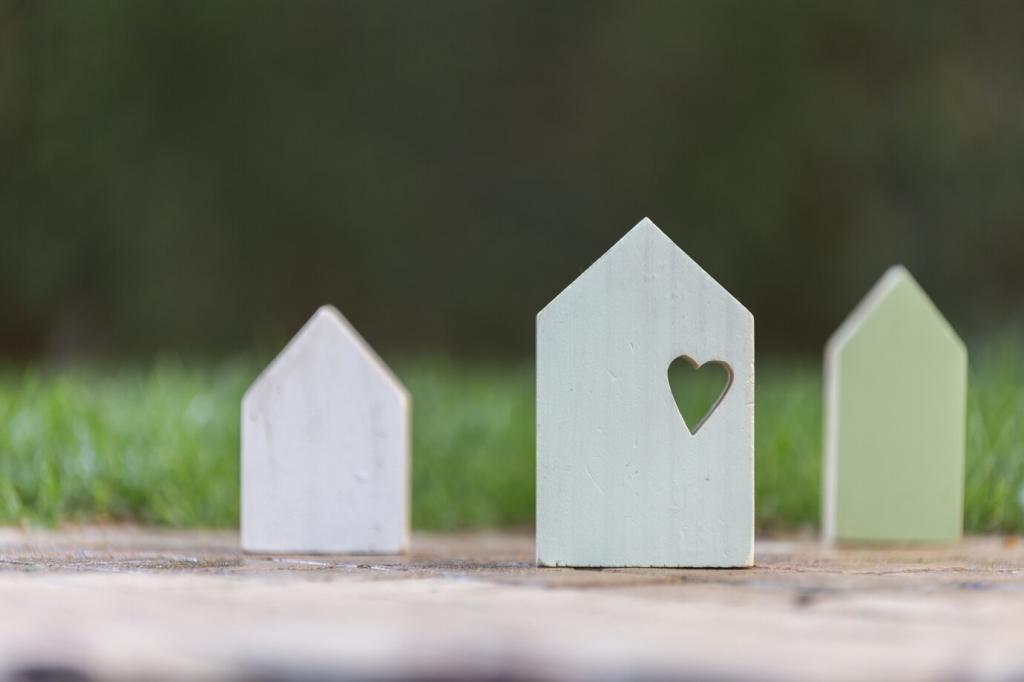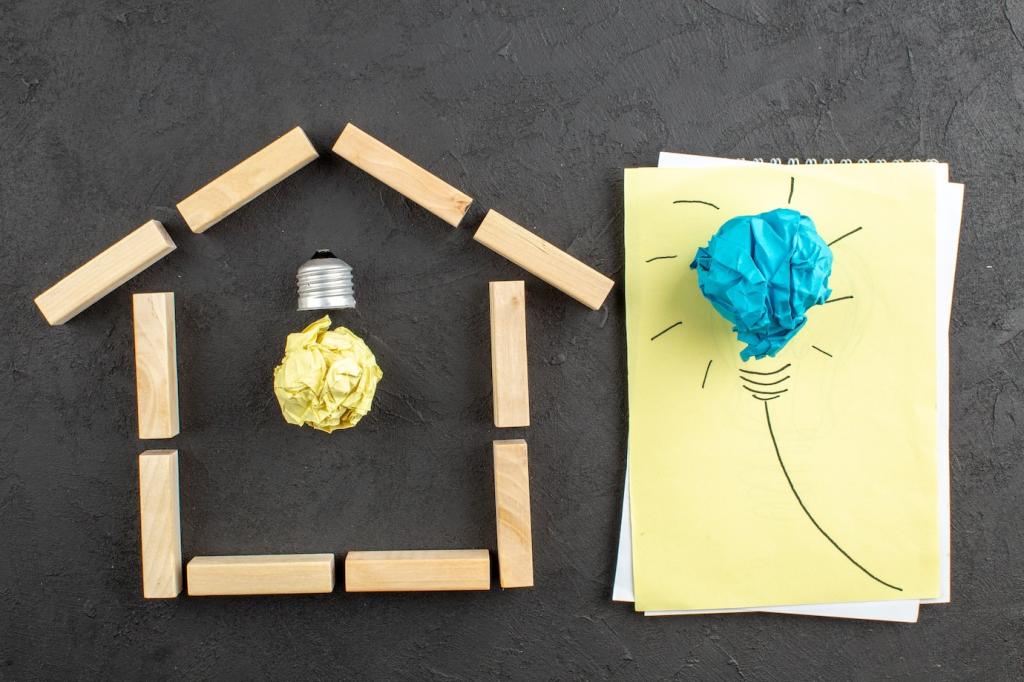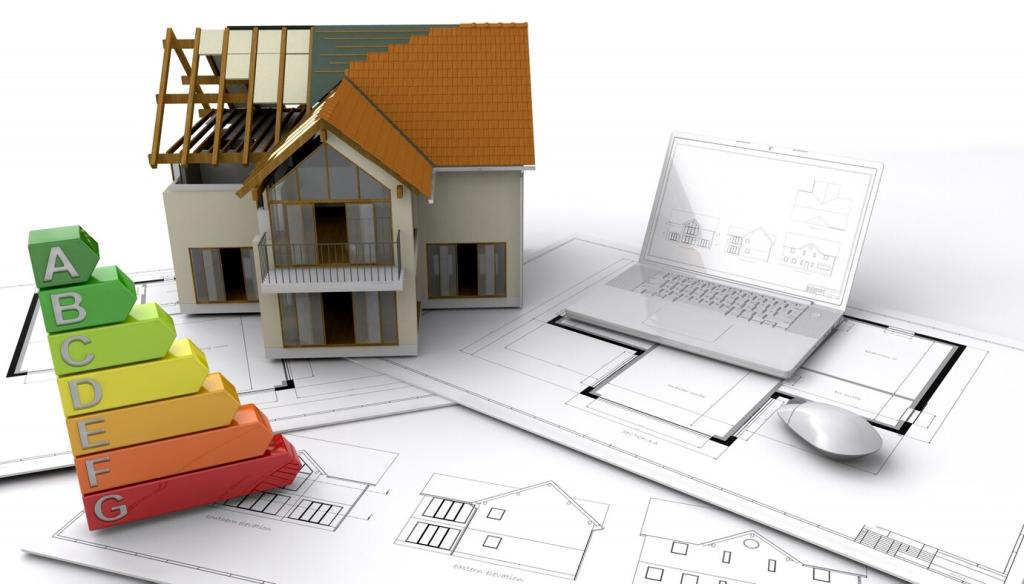Green Insulation Alternatives for Energy-Efficient Homes
Theme selected: Green Insulation Alternatives for Energy-Efficient Homes. Step into a practical, planet-friendly guide to warmer winters, cooler summers, quieter rooms, and dramatically lower bills—powered by natural, recycled, and low-tox insulation choices you can actually install.

R-Value Meets Whole-Assembly Performance
R-value matters, but the real magic happens when assemblies reduce air leakage and thermal bridging. Green insulation excels by coupling thermal performance with breathability, comfort, and resilience. Share your climate and house type so we can explore optimized assemblies together.

Embodied Carbon Plus Operational Savings
Natural and recycled insulations often store carbon or use waste streams. Combine that with decades of energy savings, and the total climate impact is huge. Tell us your priority—upfront footprint, monthly bills, or both—and we will unpack trade-offs.

Comfort: Quiet, Even Temperatures, Healthier Air
Green insulation often improves acoustic damping and humidity balance, reducing drafts and hot-cold spots. That means cozy rooms and calmer minds. Comment with the most uncomfortable room in your home, and we will suggest targeted upgrades that actually work.
Natural and Recycled Insulation Options You Can Trust
Blown-in cellulose fills gaps around wiring and framing, boosting real-world airtightness. Borate treatments add fire, mold, and pest resistance. Considering an attic upgrade? Ask about dense-pack vs loose-fill techniques, and we will help you pick the right approach.
Natural and Recycled Insulation Options You Can Trust
Wool buffers moisture and resists settling, while hemp batts provide solid R-values with low embodied energy. Both feel great to handle. Curious about sourcing or certifications? Drop a comment about your location, and we will share reliable suppliers nearby.






Installation Strategies for Energy-Efficient Retrofits
Seal penetrations, add raised platforms, then blow in cellulose to proper depth. Address ventilation and baffles before insulating. Tell us your attic access and existing depth, and we will estimate material needs and an achievable weekend plan.
Installation Strategies for Energy-Efficient Retrofits
Dense-pack cellulose can retrofit closed cavities; exterior wood fiber panels add continuous insulation and a rain screen. Considering siding replacement? Comment with your siding type and we will outline a phased, budget-friendly overclad strategy.
Money Talk: Costs, Incentives, and Payback Timelines
Start with the highest-impact zones—attics and air sealing—then plan walls and floors. Green materials can compete on cost when labor is efficient. Post your square footage and climate zone, and we will help sketch realistic cost ranges.
Money Talk: Costs, Incentives, and Payback Timelines
Programs tied to energy codes, Home Energy Scores, or heat pump incentives often reward insulation first. Ask about your region, and we will point you to credible programs that amplify returns and validate results through verified testing.
Money Talk: Costs, Incentives, and Payback Timelines
Quieter interiors, fewer drafts, and lower bills enhance daily life and home value. Buyers increasingly ask about insulation and operating costs. Share your goals—selling soon or staying—and we will tailor a staged upgrade path.


Cold Climates: Continuous Insulation and Airtightness
Double-stud walls dense-packed with cellulose or exterior wood fiber panels minimize thermal bridging. Airtight membranes and careful taping matter most. Tell us your design temperature and wall thickness targets to fine-tune the assembly details.
Hot-Humid Regions: Keep Heat and Moisture in Check
Prioritize shaded roofs, radiant barriers, and vapor-aware layers with breathable insulation like wool or wood fiber. Control interior humidity meticulously. Describe your HVAC system and typical summer humidity to refine the insulation and air barrier plan.
Mixed and Marine Climates: Balance Drying Paths
Choose assemblies that dry in at least one direction, avoiding double vapor barriers. Wood fiber and cellulose shine when paired with ventilated claddings. Share your exterior finish and underlayment, and we will suggest compatible green layers.
The Horizon: Emerging Green Insulation Innovations
Fungal mycelium grown on agricultural waste forms lightweight, low-tox panels. Early data shows promise for sound control and carbon storage. Curious about prototypes or suppliers? Ask and we will track the latest pilot projects and specs.


The Horizon: Emerging Green Insulation Innovations
Rapidly expanding production reduces costs and shipping emissions while enabling continuous, vapor-open insulation. Want updates on availability or code acceptance? Subscribe to get periodic market alerts and field-tested installation tips.
